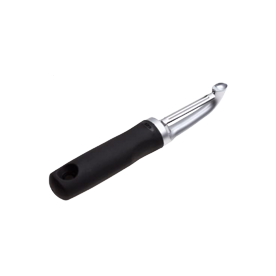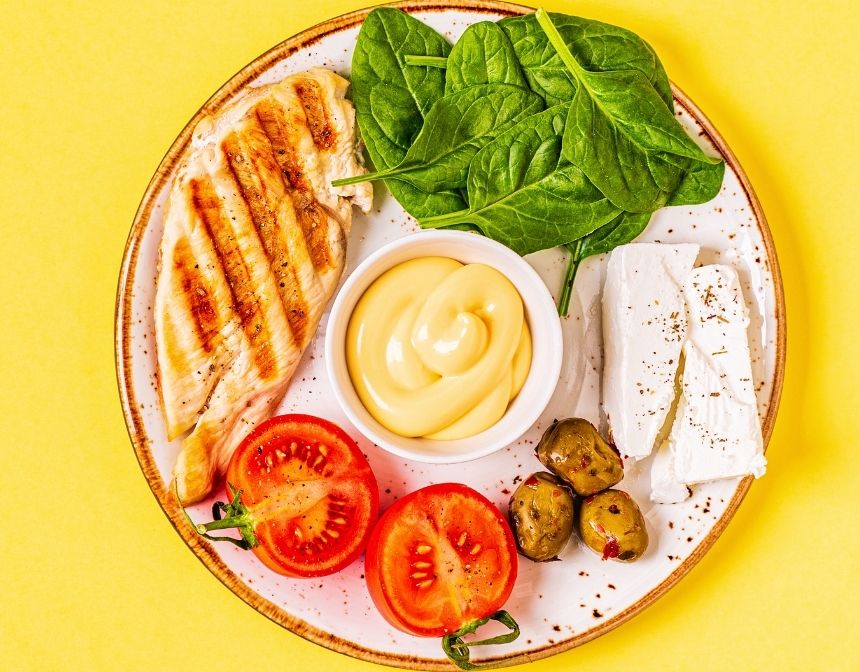What Is Gremolata?
Gremolata or Gremolada is an Italian condiment made with fresh parsley, garlic, and lemon zest. This sauce, made with fresh ingredients, is versatile. It can be served over or alongside main dishes and side dishes. Traditionally served with veal, this side dish also goes well with seafood, pasta, and salad recipes. It is especially compatible with Italian dishes. It adds flavor to salty dishes.
Gremolata vs. Chimichurri
Gremolata and chimichurri sauce are used to add flavor to meat dishes, eggs and vegetable dishes. Although these two sauce recipes are similar to each other, they are different in terms of ingredients and consistency.
Gremolata is made with fresh parsley, garlic, and lemon zest. Although the liquid ingredient is not usually used, some recipes use olive oil. Chimichurri is traditionally made with chopped parsley, vinegar, and oil. It is more acidic than gremolata. Also, chimichurri has a more liquid consistency.
Gremolata vs. Pesto
Although these two sauces are made with similar ingredients, gremolata is a fat-free version of pesto. Both sauces can be served as a side dish with pasta or meat dishes.
Gremolata is made from freshly chopped parsley, raw garlic, and lemon zest. Pesto sauce is made with ingredients like olive oil, basil, garlic, parmesan, and pine nuts. Also, pesto has a more watery consistency than gremolata.
How To Serve Gremolata?
Gremolata is a delicious side dish or sauce for many dishes, from soups to stews, from roasted vegetables to pasta. It contains strong flavors with an herbaceous flavor from fresh parsley and a citrus flavor from lemon. You can sprinkle it over fried meat, chicken or fish, boiled vegetables, potatoes, and pasta dishes. You can also add a spoonful of gremolata to hummus, avocado toast, or salads.
Add freshness to spaghetti and meatballs with this Italian seasoning, traditionally served with osso buco. This delicious chicken milanese pairs perfectly with classic Italian flavors such as risotto.
Here are our delicious recipes that you can serve with Gremolata:
- White Bean Soup
- Osso Buco
- Chicken Milanese
- Homemade Gazpacho
- Frittata
- Eggplant Parmesan
- Beet Hummus
- Mushroom Risotto
- Tomato Salad
How To Store Gremolata?
Gremolata is best consumed fresh. Storage is not recommended. Because dark spots form on the parsley and it starts to rot. Fresh garlic turns yellow and becomes soft. Also, you can cover any leftover gremolata with olive oil and keep it in the fridge in an airtight container.









































